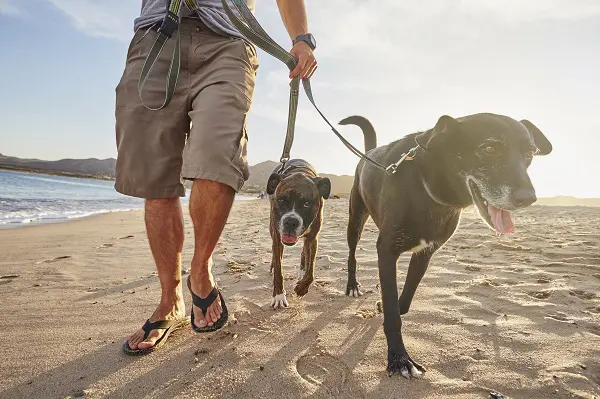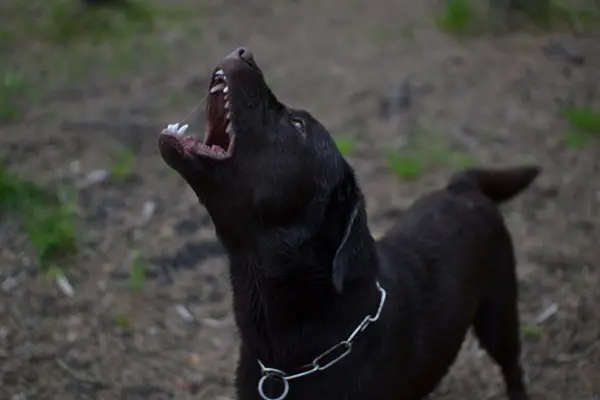Dogs have long held a special place in our hearts as loyal companions and furry confidants. Yet, beyond their companionship, dogs possess a set of extraordinary abilities that continue to captivate our imagination.
Among these remarkable qualities is their ability to find their way home, even when lost in unfamiliar territory.
In this article, we’ll delve into the remarkable factors that enable them to navigate with precision, showcasing their extraordinary sense of smell, the role of memory and spatial awareness. We also see the scientific insights that underpin their uncanny talents.
Let’s jump in the details.
The Remarkable Sense of Smell
Dogs are well-known for their extraordinary sense of smell. They have a sensory ability that far surpasses our own. To put it into perspective, humans have approximately 5 million scent receptors in their noses, while dogs boast a staggering 300 million.
This exceptional olfactory power allows dogs to perceive and distinguish an astonishing array of scents, often imperceptible to us.
Their keen sense of smell is a crucial tool for survival. It helps them detect prey, predators, and, in our context, their way back home. Dogs can identify specific scents, follow scent trails, and even discern minute variations in odors.
When a dog ventures into unfamiliar territory or becomes separated from its owners, it will often rely on its remarkable sense of smell to navigate. They imprint scents of familiar places, including their homes and owners, deep in their memory.
But it’s not just the quantity of scent receptors that sets dogs apart; it’s their ability to process this information and make sense of it. The olfactory center in a dog’s brain is significantly larger and more developed than in humans, further enhancing their scent-detection abilities.
Read More:https://dogexpress.in/effective-shock-collar-training-tips-and-tricks-for-success/







